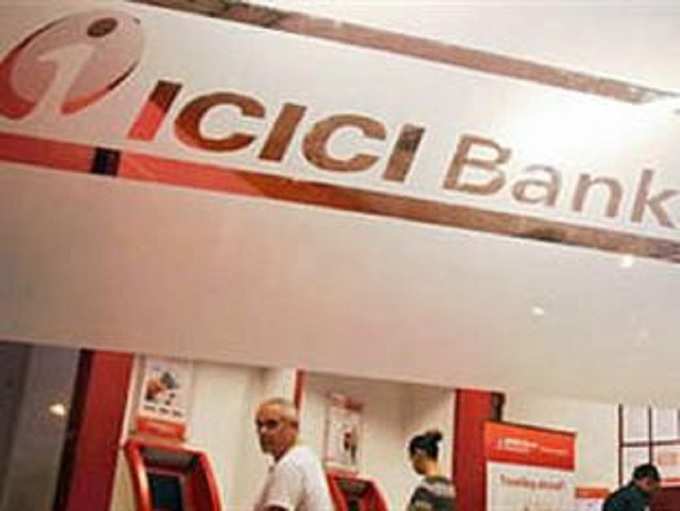
Its bad loans ratio widened in the three months to stand at 6.82 percent of total lending at the end of September, up from 5.87 percent at the end of June and leading to a jump in its provisions for bad loans.
That was offset by gains from the sale of shares in the bank's life insurance arm in an initial public offering, and lower tax expenses, helping net profit rise 2.4 percent from the same period last year to 31.02 billion rupees ($465 million). That was ahead of the 25.65 billion rupees expected on average by analysts.
Indian banks were saddled with $138 billion of stressed loans as of the end of June. While state-owned lenders account for the bulk, ICICI has the highest proportion among private sector banks.
The amount of bad loans has increased this year after an asset quality review ordered by the
"We expect a significant further reduction in this portfolio in the next six to nine months," Chief Executive
Recent deals by
Loans to five most-stressed industrial sectors - iron and steel, power, cement, mining and oil rigs - as a percentage of the bank's total outstanding loans fell to 11.9 percent at the end of September from 13.3 percent in March, she said.
The bank's total provisions jumped more than seven times from a year earlier to 70.83 billion rupees in the September quarter.
Retail loans rose by 21 percent in the quarter, faster than its overall local loan growth rate of 16 percent as corporate lending weakens. Tax expenses fell to 4.51 billion rupees in the September quarter from 11.86 billion rupees a year earlier due to deferred tax adjustments.
Ahead of the results, shares in the bank closed 3.3 percent higher in a Mumbai market that gained 0.75 percent.
($1 = 66.7300 Indian rupees)